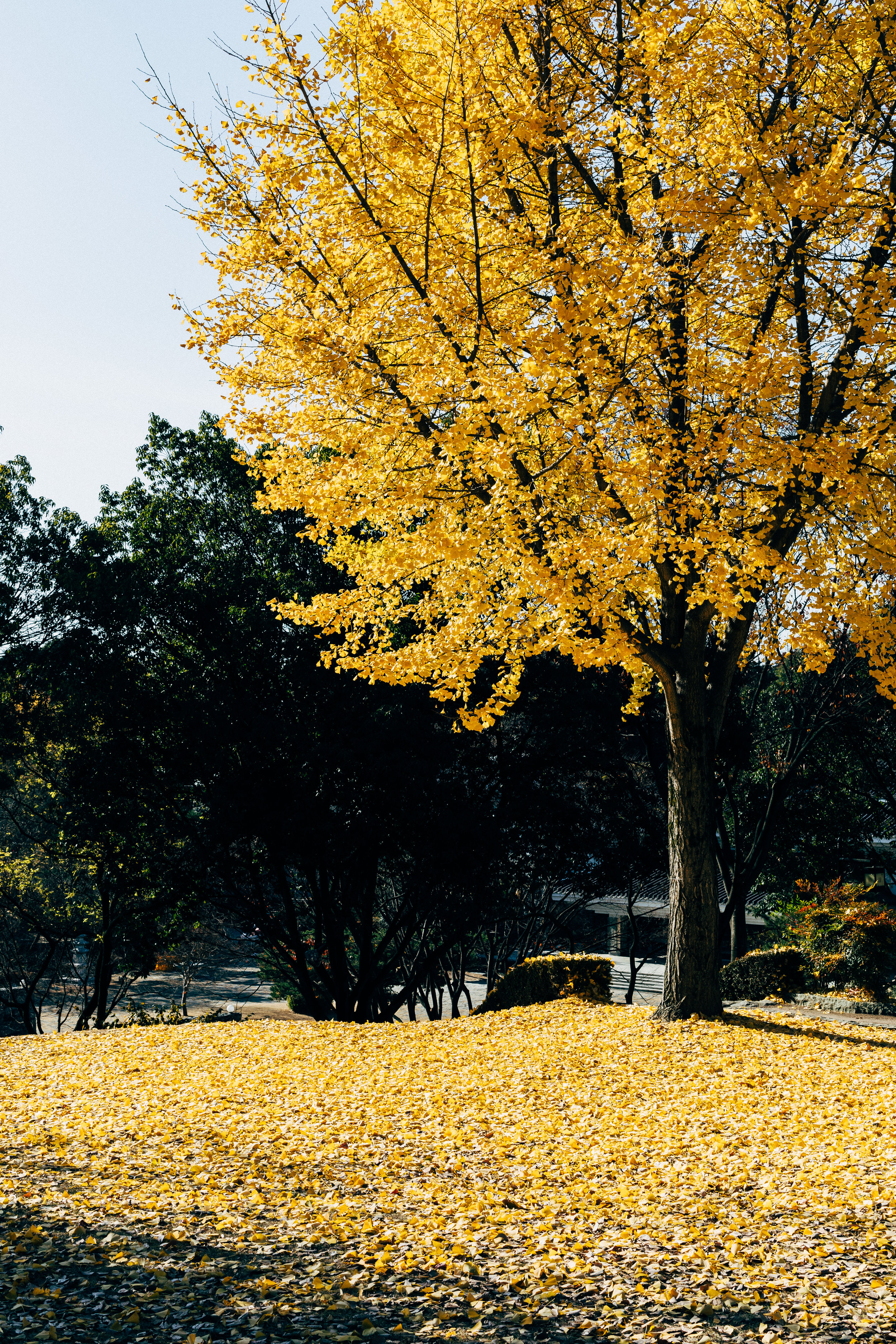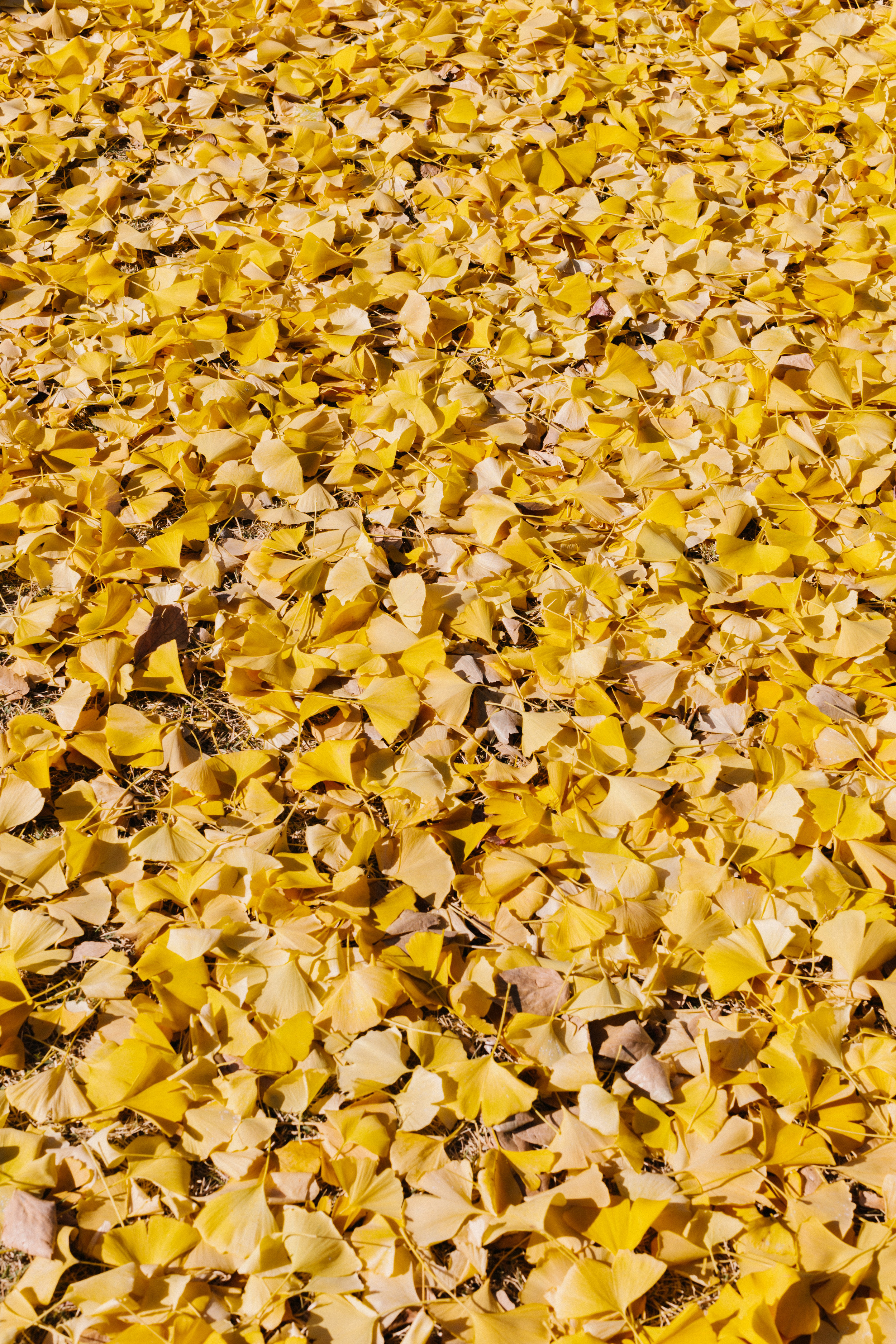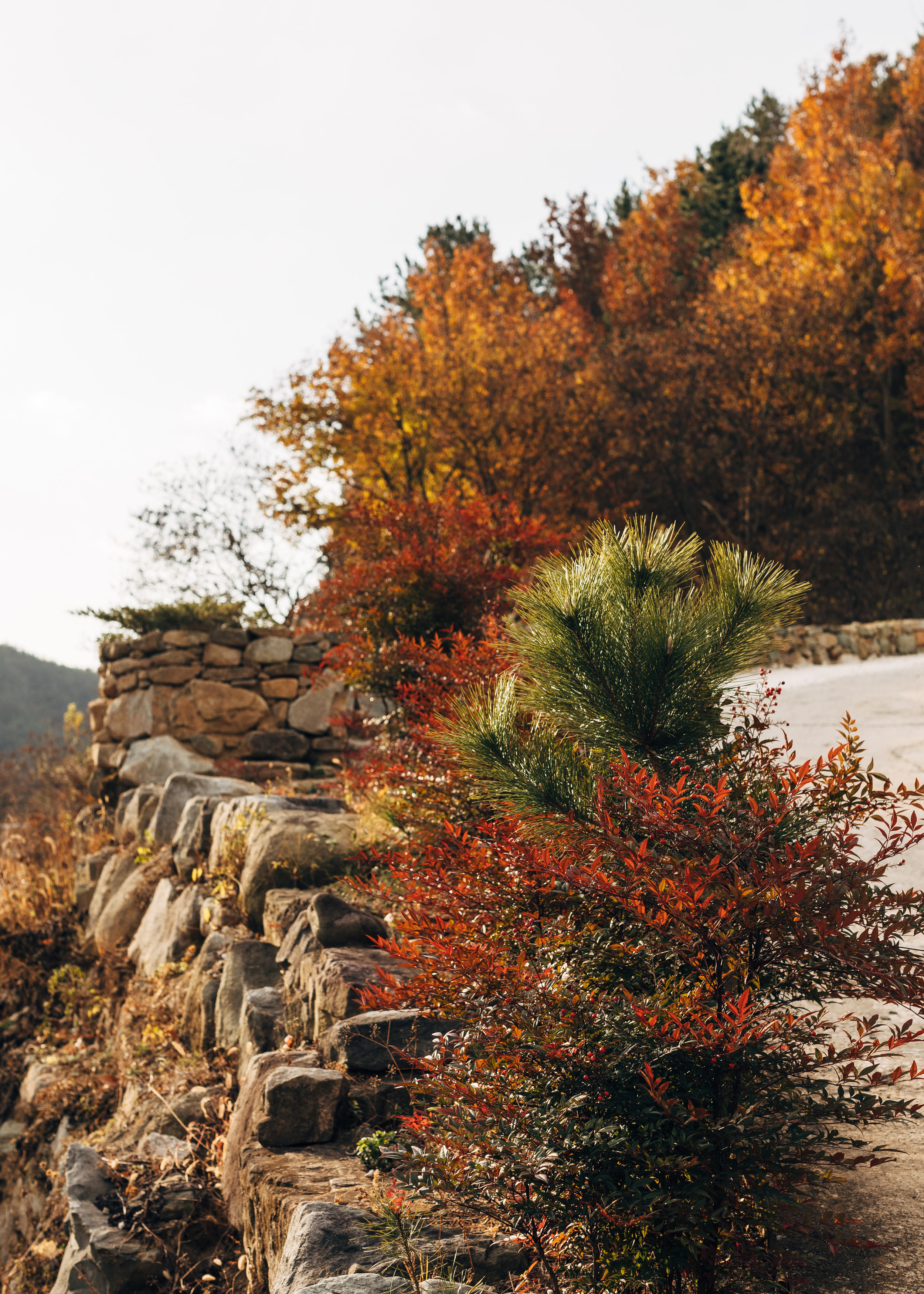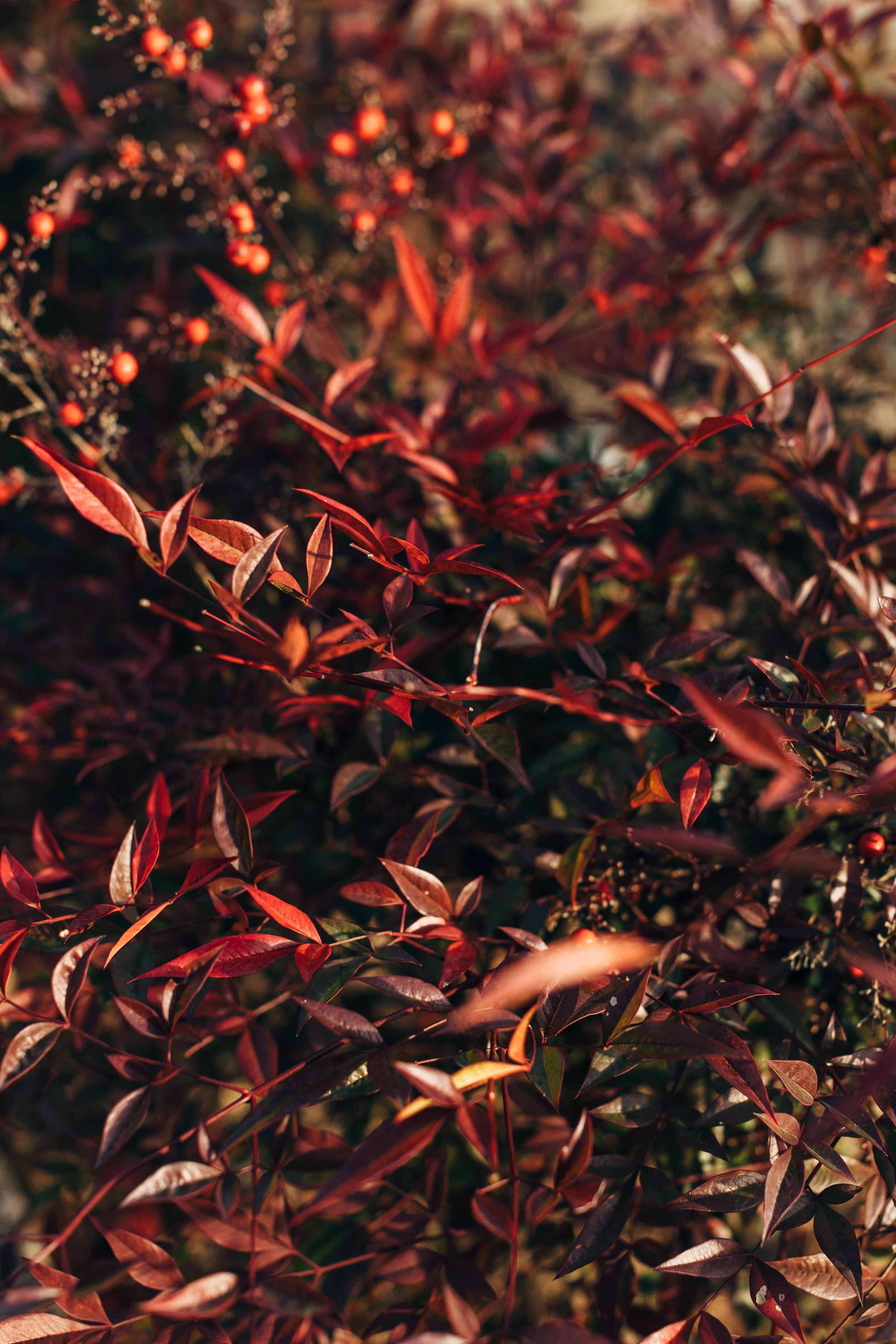Yuja Marmalade
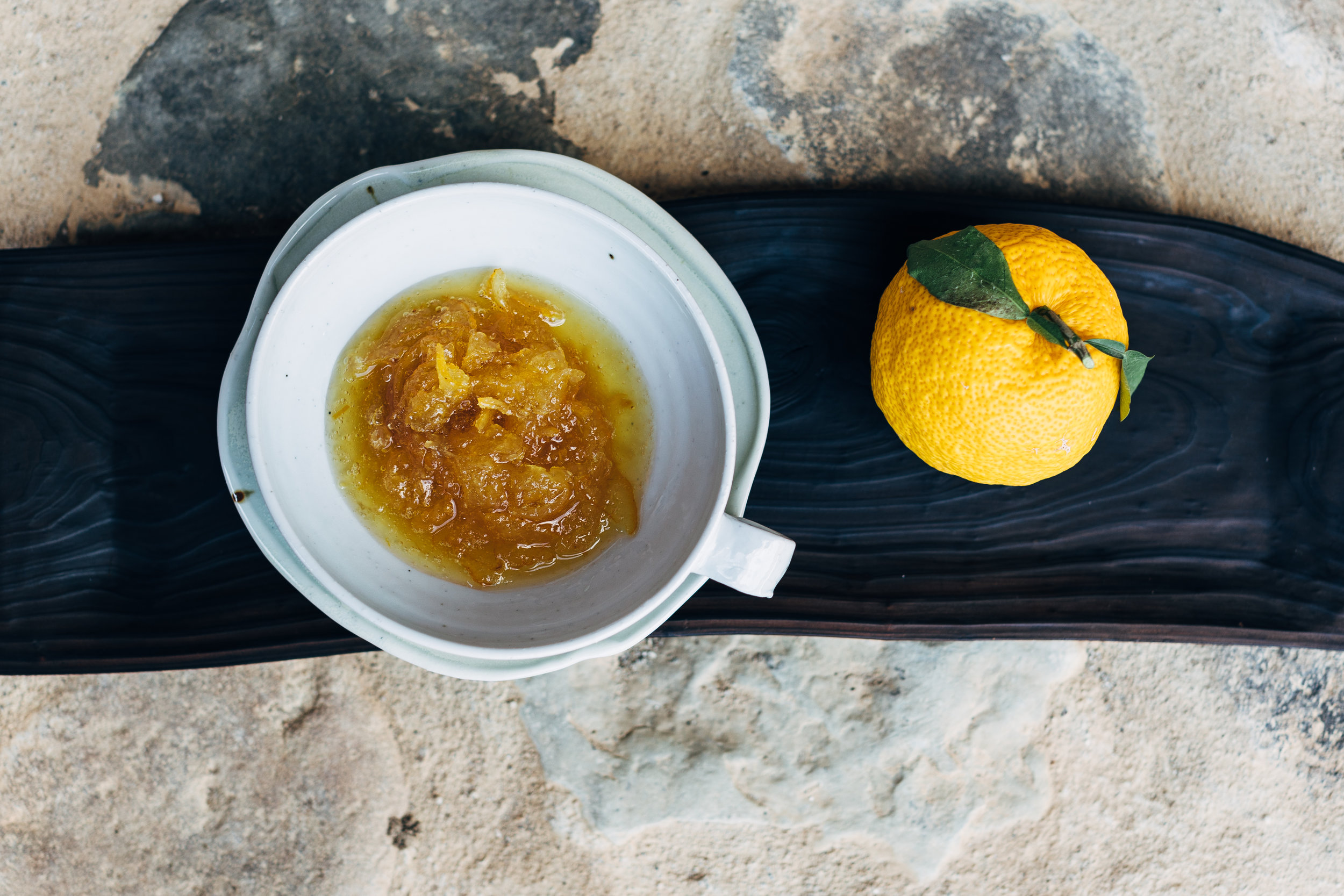
Last week, I found myself in Jinju, in the southern province of South Gyeongsan in Korea. The gingko leaves were still a vibrant yellow since it is warmer in the south than it is in Seoul (warmer being minus 4 degrees at night). I was there starting an erstwhile apprenticeship with a traditional cooking teacher who has a farm in the countryside outside of Jinju.
My teacher is in her 60s and doesn’t teach much these days, and I was told that she doesn’t normally accept students for fermentation. However, we had met several times when we cooked together earlier in the year at Buddhist festivals. She is not a nun herself but is a devout Buddhist and has been cooking with nuns for over 20 years. We clicked and I was elated when I heard she had agreed to teach me. She is a warm, gentle soul with an eye for beauty.
It's pretty incredible to feel like you're in the middle of nowhere and stumble upon a gorgeous, impressively professional cooking studio. A graduate in fine arts, my teacher always loved traditional Korean crafts, and her studio shelves are lined with papier-mache boxes and ceramic bowls and platters that she made herself. This is a woman after my own heart.
Next to the cooking studio, she has a grand meditation hall built in the style of a traditional Korean home, capturing the spirit of an old house elegantly but - very importantly - with high ceilings. My friend and I sleep on the floor, Korean-style, in a room here that is also used for tea ceremonies. I try not to knock over the numerous low tables covered with fragile teacups as I stumble half-awake to the bathroom every morning, and so far, no accidents, thank Buddha.
From her, I’m learning to make soy sauce, fermented pastes, vinegars and seasonal vegan dishes. While the focus is on temple food, it’s more like an apprenticeship in “natural cooking”, or what we know as slow food cooking. Everything she cooks with has come from her own farm, local markets or was made by her personally.
I will be going back to Jinju in January to make gochujang (fermented chilli paste) and in February to make soy sauce and doenjang (fermented soybean paste). The first batch of gochujang won’t be ready to eat for a year, and the soybean paste and soy sauce not for three years. So for anyone who wants to taste my soy sauce, you’re going to have just hold on for a minute.
Aside from fermentation, I will be learning more about using seasonal produce. I wandered Jinju’s oldest market and watched people grind perilla seeds to make perilla oil, was introduced to kinds of fresh seaweed that I had never seen before, and then we smelled the ummistakeable fragrance of yuja. Yuja is an Asian citrus fruit that is more commonly known by its Japanese name, yuzu. It’s the peak season for yuja in Korea, and towers of the yellow, rotund fruit could be found all over the market. In one corner of the market, a rosy-cheeked woman was slicing the rind to make yuja marmalade. The oils from the rind had carried the scent to us halfway down the market alley, and we had been attracted like bees to honey.
The next morning, my teacher showed me how she made her own yuja marmalade, or yuja-chung. This syrupy preserve can be used to make tea and for cooking. To stave off the chill, my teacher gave us a steaming mug of yuja tea from a yuja-chung that was three years old.
We spent the morning destemming and scrubbing the whole fruit with sea salt to remove impurities. Some citrus fruit that you buy has been waxed (though luckily ours had not been), so giving your yuja a sea salt exfoliation spa day is quite important. Then we scooped out the flesh, removed the bitter white pithy, stringy bits and took out the seeds, of which they were many. Then we julienned the rind, taking care to make the slices uniform and elegant.
The flesh of the fruit is finely minced and tossed with alarming amounts of sugar. The sugar mixes with the juices from the chopped fruit and turns into a gloriously fragrant, gloppy mess. We scooped this into jars and that was it. Super easy! I dreamt of sipping my homemade yuja tea with friends to survive the coming freezing nights of winter in Seoul.
And then she says, “So this will be ready to eat after six months.” And she continues, the marmalade is really at its best after three years. Her theory is that during three years of fermentation, the good bacteria feeds off the sugar so that by the end, little to no sugar remains.
Winter 2017/18 my own yuja tea dreams dashed. I have not historically been a patient person – my yang-heavy constitution wants to do as much as possible now or better yesterday, carpe diem, keep moving, why are people walking so slow, let’s get things done because life is short. I can see that this coming year will be about learning a lesson about time. The abundance of time and having faith that there will always be time for the good things in life. Wonderful, important things like sugar-free yuja tea.
So I’m waiting to enjoy my yuja-chung for the first time in May. My birthday is in May, and I’ll celebrate with a cup of yuja tea or more likely, a yuja champagne cocktail. I think I can wait until then.
Mina xx
YUJA MARMALADE
Ingredients:
- 1 kg fresh yuja (also known as yuzu, or any other fragrant citrus)
- 1 kg white sugar
- 1 Tbs distilled white vinegar
- handful of coarse sea salt
Method:
- Rinse the yuja with cold water. Using your hands, scrub each piece of fruit with a spoonful of coarse sea salt to remove any wax or pesticides.
- Rinse off the salt and place the fruit in a bowl of cold water with vinegar. Rinse the fruit again and dry very thoroughly with a cloth.
- Destem the fruit and cut in halves. Scoop the flesh out of each half with a metal spoon and set aside. Using the spoon, gently scrape out the white pith from the halves.
- Cut each half in half again, and julienne the rind. The thickness of the julienne is as you like it, but it's prettier if the pieces should be uniform. Set the rind aside in a large bowl.
- Returning to the flesh, remove any excess pith and the seeds. Finely mince the yuja flesh and mix with the rind. Try to preserve as much juice as you can from the fruit.
- Measure out 800g of the sugar and toss this with the fruit. The sugar will absorb the juices and turn into a grainy, soupy mixture.
- In a clean large glass jar, pour 100g of the sugar to cover the bottom. Pour in the fruit mixture. Then top with 100g. The jar should be just big enough so that there is no air at the top.
- Leave in a cool, dark place. After a week, mix the contents thoroughly with a wooden spoon.
- Leave for at least six months. Best eaten after three years...



